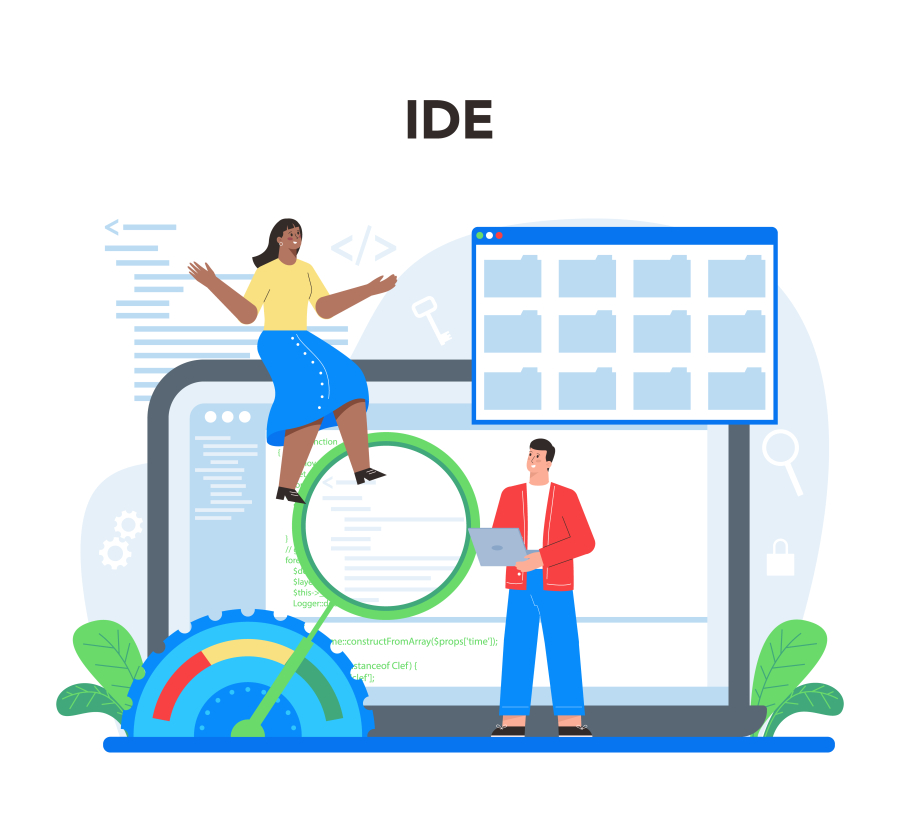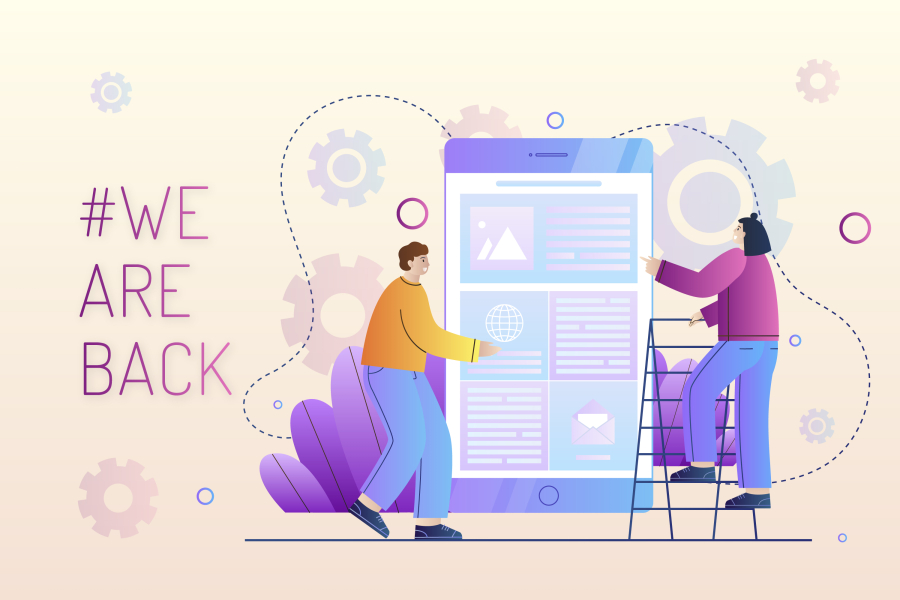How to Build a Multi-Tenant API for SaaS Applications
Building a multi-tenant API is essential for SaaS applications aiming to serve multiple clients efficiently from a single platform. At freelancerbridge, we understand the complexities involved in creating such architectures. This article provides a comprehensive guide on developing a multi-tenant API for SaaS applications, highlighting key considerations, implementation strategies, and best practices to ensure scalability, security, and performance.
Introduction
In the SaaS landscape, multi-tenancy refers to a single application instance serving multiple customers, known as tenants. Each tenant's data and configurations are isolated, yet they share the same application and infrastructure. This model offers cost efficiency and streamlined maintenance but requires careful planning to address challenges related to data isolation, customization, and scalability. This article explores the essential steps and best practices for building a robust multi-tenant API for SaaS applications.
DEV Community
+1
Red Hat Developer
+1
Key Considerations for Multi-Tenant API Development
Tenant Isolation
Ensuring that each tenant's data remains isolated is paramount. This can be achieved through:
Database Isolation: Options include separate databases for each tenant, shared databases with tenant-specific schemas, or shared schemas with tenant identifiers. The choice depends on factors like security requirements and resource constraints.
Rishabh Software
Namespace Separation: In environments like Kubernetes, creating separate namespaces for each tenant helps in resource isolation and management.
Gcore
+1
Red Hat Developer
+1
Scalability
Design the API to handle varying loads from multiple tenants. Implementing auto-scaling mechanisms and efficient load balancing ensures the application can adapt to increased demand without performance degradation.
Customization
Allow tenants to have customizable configurations, such as branding and feature toggles, without affecting the core application. This enhances user satisfaction and meets diverse client needs.
Security and Compliance
Implement robust authentication and authorization mechanisms to protect tenant data. Compliance with regulations like GDPR or HIPAA is crucial, depending on the industry and regions served.
Steps to Build a Multi-Tenant API
Design the Tenant Model
Create a tenant model that includes essential information such as tenant ID, name, domain, and configuration settings. This model serves as the foundation for managing tenant-specific data and preferences.
Implement Tenant Identification
Develop a mechanism to identify the tenant for each incoming API request. This can be achieved through:
Subdomains: Assign unique subdomains to each tenant (e.g., tenant1.freelancerbridge.com).
Custom Headers: Require tenants to include a specific header in their API requests that identifies them.
Token Claims: Embed tenant information within authentication tokens.
Medium
Data Partitioning Strategy
Decide on a data partitioning approach:
Separate Databases: Each tenant has its own database, offering maximum isolation but increased maintenance overhead.
Frontegg
+2
arXiv
+2
Stack Overflow
+2
Shared Database with Separate Schemas: A single database with separate schemas for each tenant balances isolation and resource utilization.
Gcore
+1
+1
Shared Database with Shared Schema: All tenants share the same schema, with tenant-specific data distinguished by a tenant ID column. This approach is resource-efficient but requires stringent data access controls.
Stack Overflow
Implement Access Controls
Ensure that tenants can only access their data by implementing robust access control mechanisms. Utilize middleware to enforce these controls across all API endpoints.
Customize Tenant Experiences
Allow tenants to customize aspects of their experience, such as UI branding and feature sets. Store these preferences in the tenant model and apply them dynamically during request processing.
Monitor and Optimize Performance
Regularly monitor API performance to identify and address bottlenecks. Implement caching strategies and optimize database queries to enhance response times.
Best Practices for Multi-Tenant API Development
Design for Scalability from the Start
Adopt scalable architecture frameworks and leverage cloud-native technologies to accommodate growth seamlessly.
Automate Provisioning and Deployment
Utilize infrastructure-as-code (IaC) tools to automate tenant provisioning and deployment processes, ensuring consistency and reducing manual errors.
Implement Robust Logging and Monitoring
Set up comprehensive logging and monitoring to track tenant-specific metrics, detect anomalies, and facilitate troubleshooting.
Ensure Data Isolation and Security
Implement strict data isolation policies and use encryption to protect sensitive information. Regularly audit security measures to maintain compliance with relevant regulations.
Provide Comprehensive Documentation
Offer detailed documentation and support resources to assist tenants in integrating with and utilizing the API effectively.
Conclusion
Developing a multi-tenant API for SaaS applications involves careful planning and execution to balance efficiency, customization, and security. By following the outlined steps and adhering to best practices, you can build a scalable and robust API that meets the diverse needs of multiple tenants.


 by Emily
by Emily




